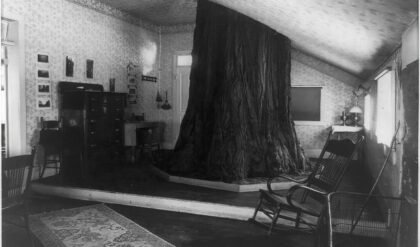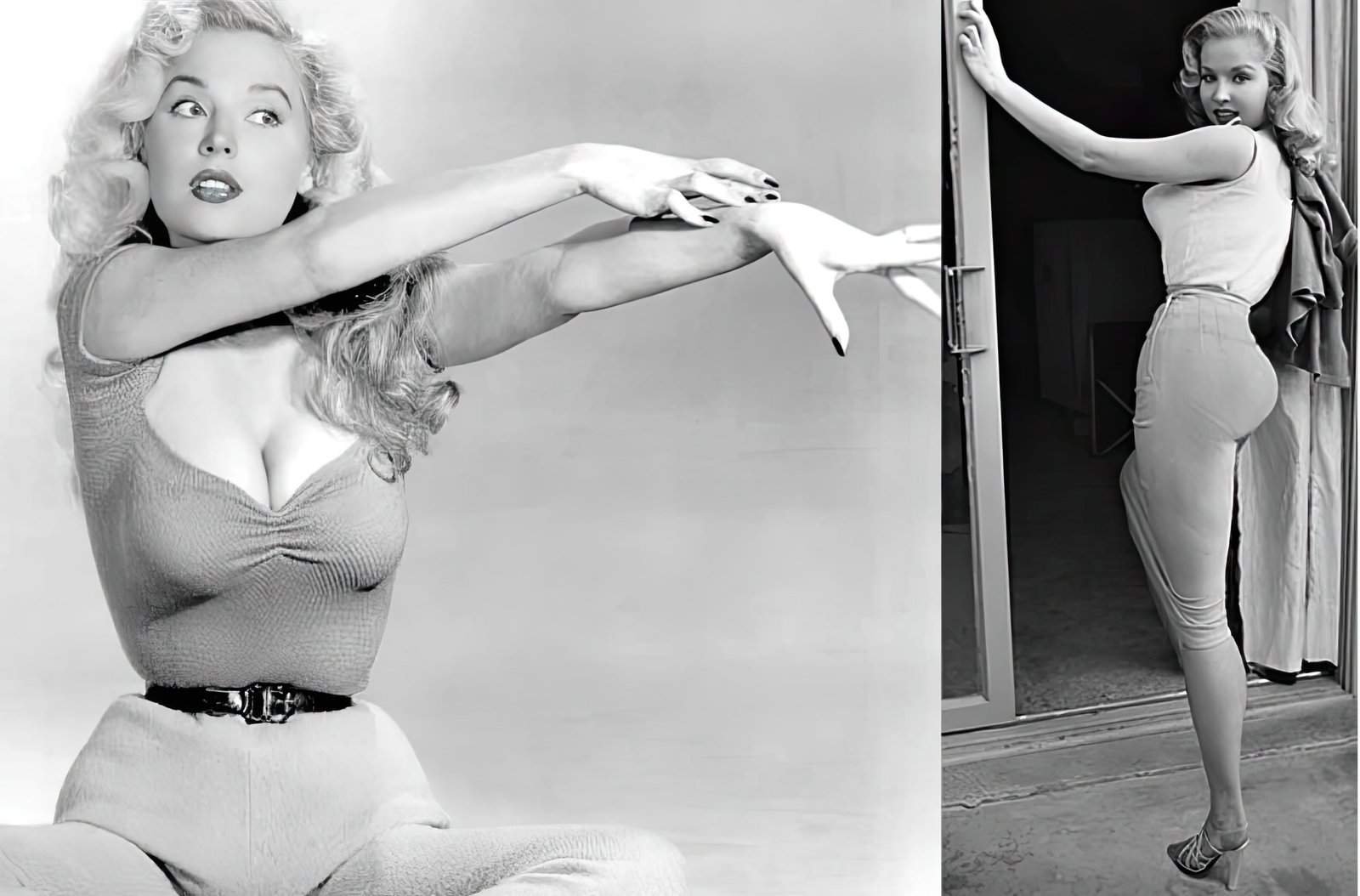 Betty Brosmer, the iconic figure of the classic “hourglass figure,” remains a timeless symbol of beauty and femininity. Her name is etched in the pages of fashion history, revered as one of the earliest supermodels.
Betty Brosmer, the iconic figure of the classic “hourglass figure,” remains a timeless symbol of beauty and femininity. Her name is etched in the pages of fashion history, revered as one of the earliest supermodels.
Betty’s image graced the glossy pages of prestigious magazines like LIFE, Time, Fortune, and Look, solidifying her status as a true fashion icon. However, amidst her remarkable career, one aspect of Betty’s physical appearance stole the spotlight – her unbelievably tiny waist.
Dubbed “The Girl with the Impossible Waist,” Betty Brosmer’s waist defied the laws of plausibility. It seemed more like a creation of an artist’s imagination rather than a biological reality.
Her waist measurements challenged conventional notions of proportion and captivated the imagination of people worldwide. It became a focal point of fascination and speculation, as the public marveled at the sheer impossibility of her petite figure.
Note: Prints of these pictures can be purchased via: bettybrosmer.com.
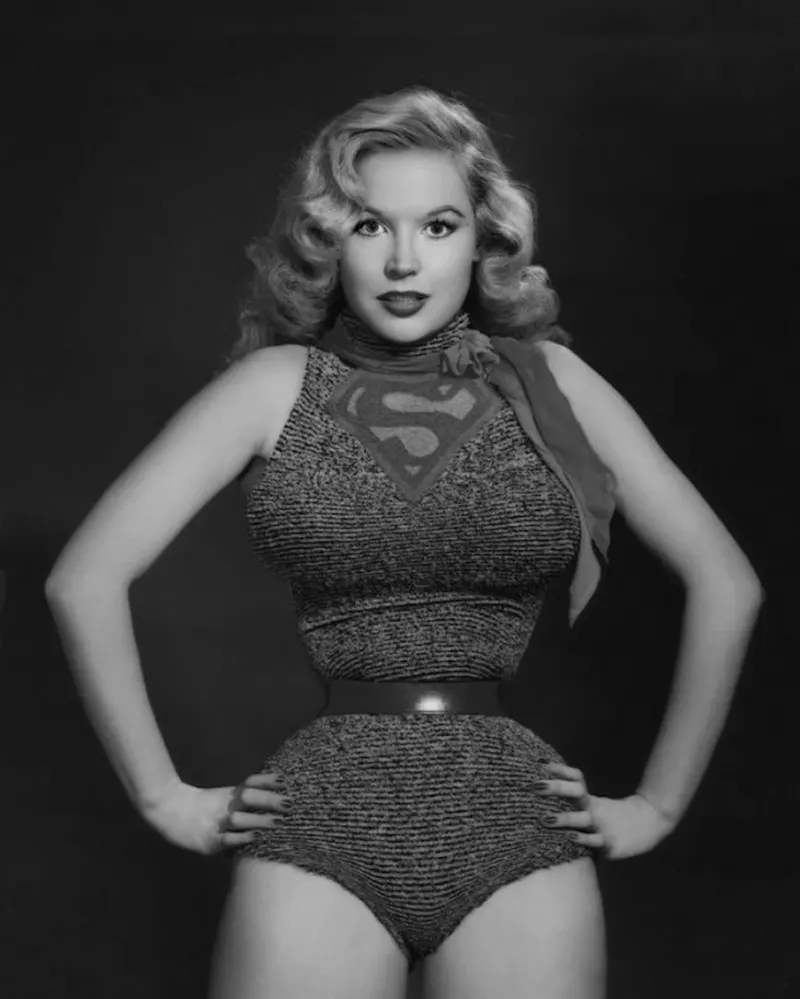
To understand the origin of Betty’s extraordinary physique, one must delve into her early life. Born on August 2, 1935, in Pasadena, California, Betty Chloe Brosmer was not always the epitome of femininity.
As a young girl, she displayed a tomboyish nature and was encouraged by her father to participate in sports. Even before reaching her teenage years, Betty’s interest in bodybuilding began to blossom.
At the tender age of 13, she embarked on her modeling journey, starting with Sears & Roebuck. Her striking looks caught the attention of renowned photographers like Alberto Vargas and Earl Moran, catapulting her into the limelight at a remarkably young age.
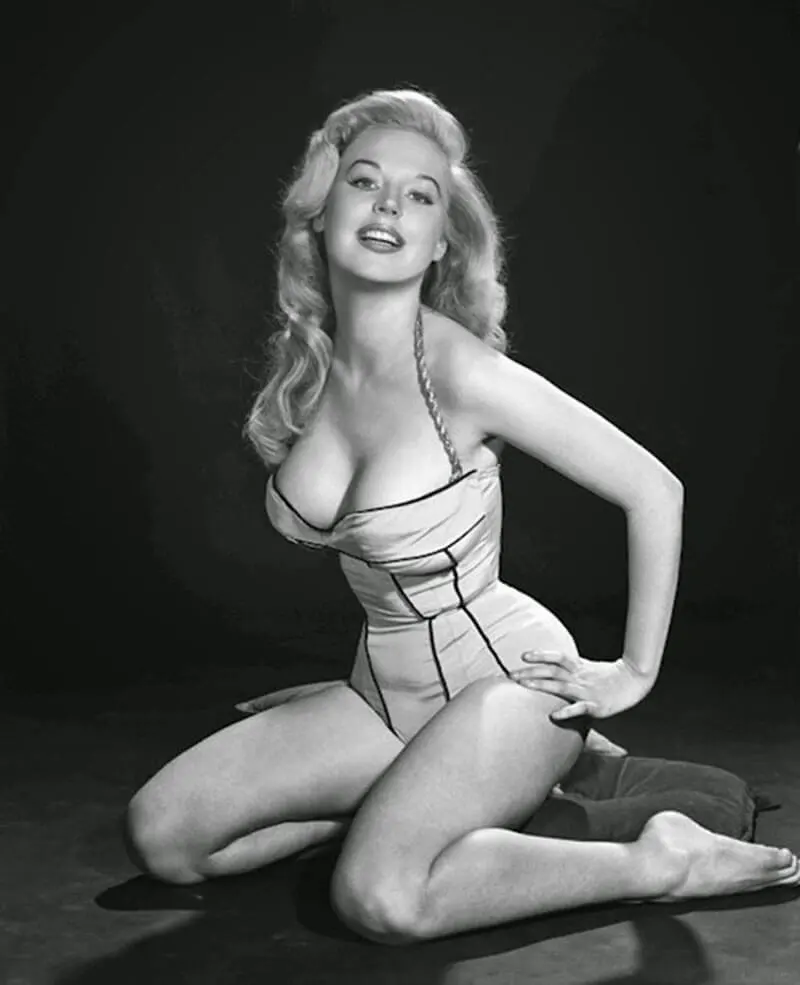
In pursuit of her dreams, Betty made the life-altering decision to move to New York at the age of 15, where she would fully immerse herself in the world of modeling.
The bustling city offered her immense success but also forced her to mature at an accelerated pace. “At 15, I looked like I was 25,” Betty reminisces about those early days.
Her face became a ubiquitous presence throughout America, gracing milk cartons, billboards, books, and countless magazines.
After a few years of conquering New York, Betty decided to return to her roots in California. Despite her flourishing career, she deftly balanced her modeling commitments with her studies in psychology at UCLA.
During this time, she collaborated with Joyce Vedral to create a groundbreaking workout regimen for women of all ages. Their collaboration resulted in the publication of “Better and Better” in 1993, cementing Betty’s status as a fitness advocate.
Throughout her career, Betty had the privilege of working with esteemed photographers who had captured the essence of other iconic figures like Marilyn Monroe and Jayne Mansfield.
Her refusal to pose nude for Playboy reflected her unwavering self-worth and her determination to maintain her integrity as a model.
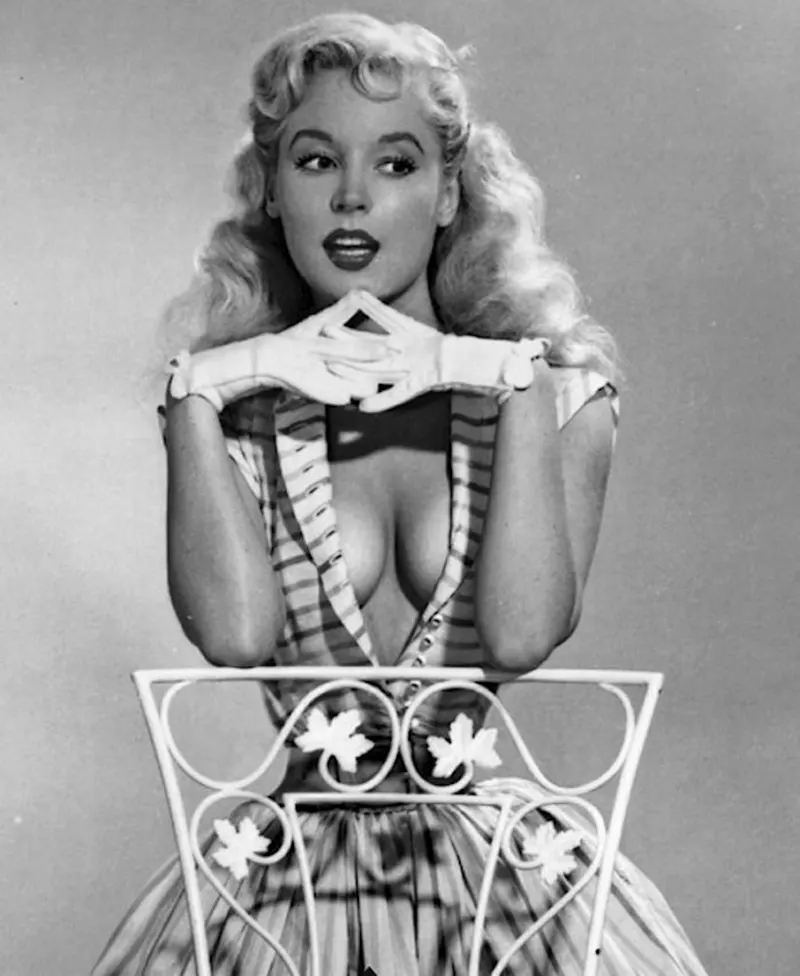
Betty was a visionary in the industry, owning the rights to all her photographs and receiving compensation whenever they were used.
In the late 1950s, Betty’s path crossed with that of Joe Weider, a legendary bodybuilder and magazine publisher. Enamored by Betty’s beauty and talent, Weider showcased her extensively in his magazines.
Eventually, their connection blossomed into a loving relationship, and they tied the knot in 1961. This union marked a turning point for Betty, as she developed a deep passion for fitness.
Motivated by her newfound love for fitness, Betty began writing columns on bodybuilding and health. She was an advocate for promoting healthy appearances for cover models, challenging traditional beauty standards.
Collaborating with her husband, she penned two influential fitness guides – “The Weider Book of Bodybuilding for Women” (1981) and “The Weider Body Book” (1984). These publications further solidified her role as a leading figure in the fitness industry.
Betty Brosmer’s journey from a tomboyish Californian girl to a fashion icon and fitness advocate remains an inspiring tale of determination and self-belief. Her impossibly tiny waist may have been the focal point of fascination, but it was her talent, intelligence, and unwavering self-worth that truly captured the hearts of the public.
Betty’s indelible mark on the fashion and fitness worlds will continue to inspire generations to come.
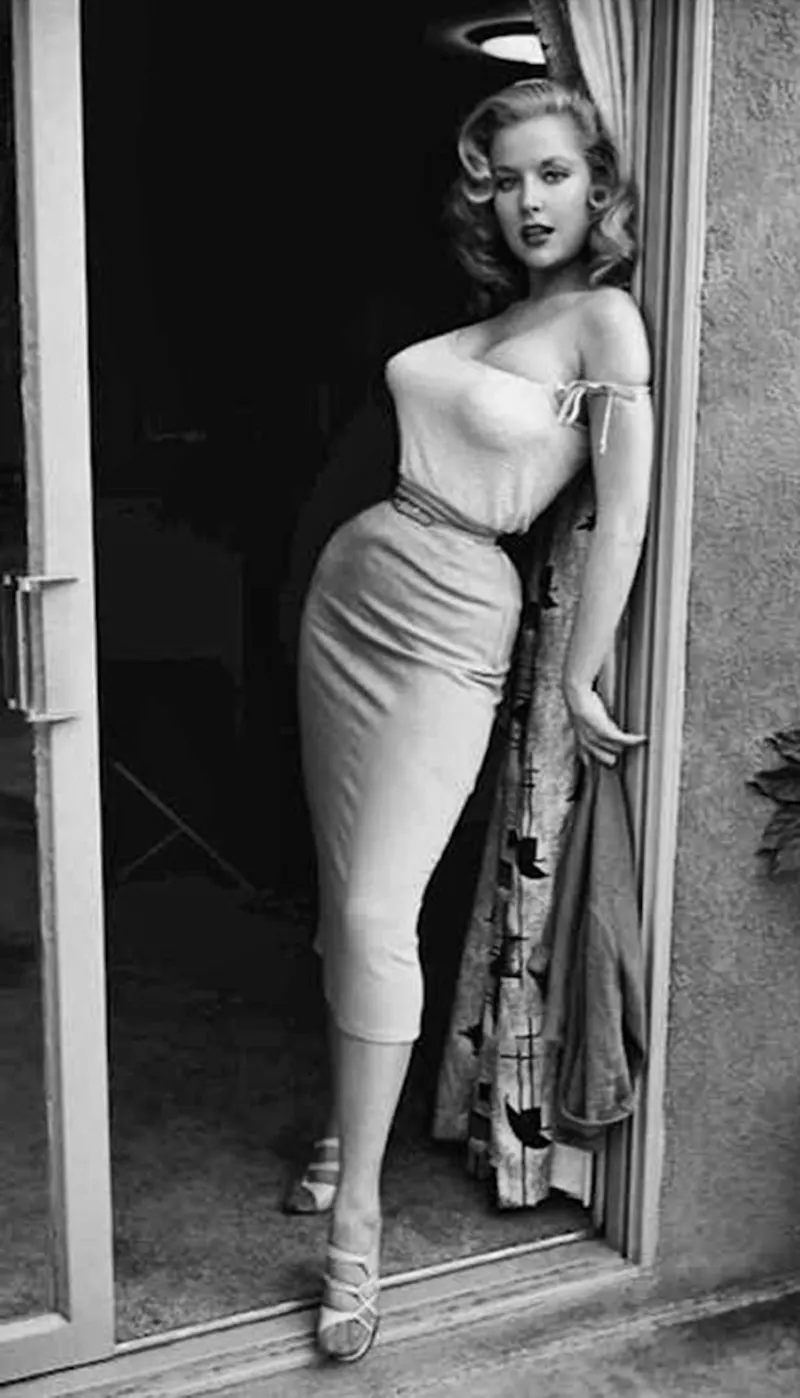
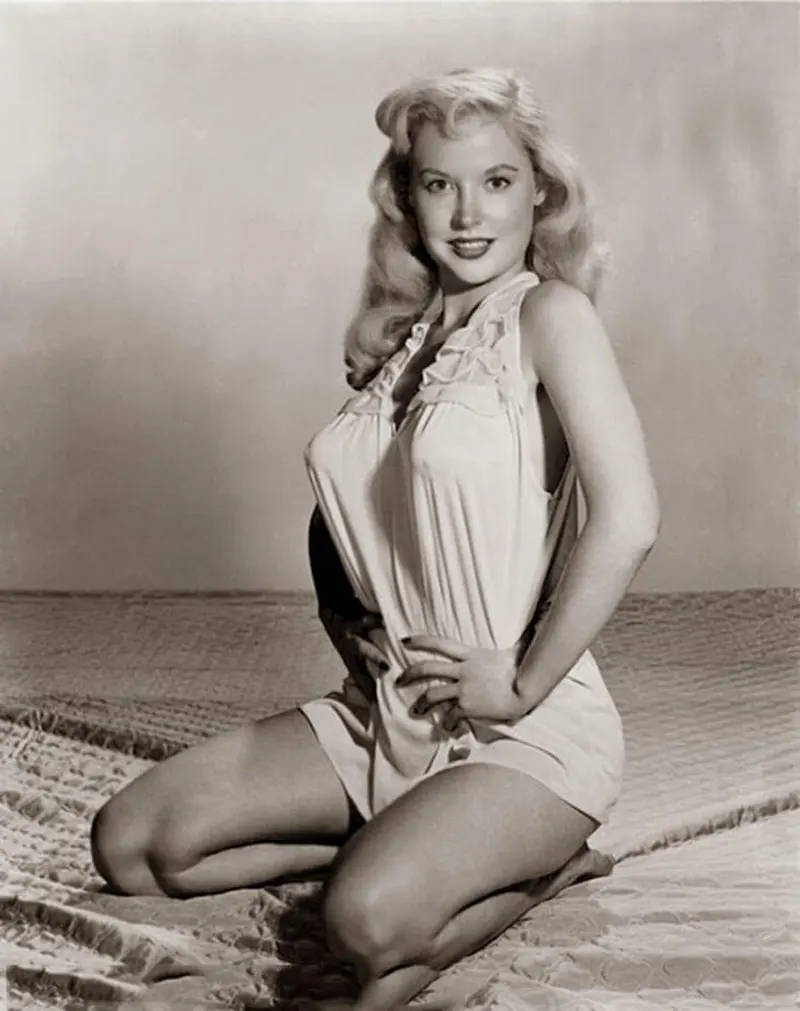
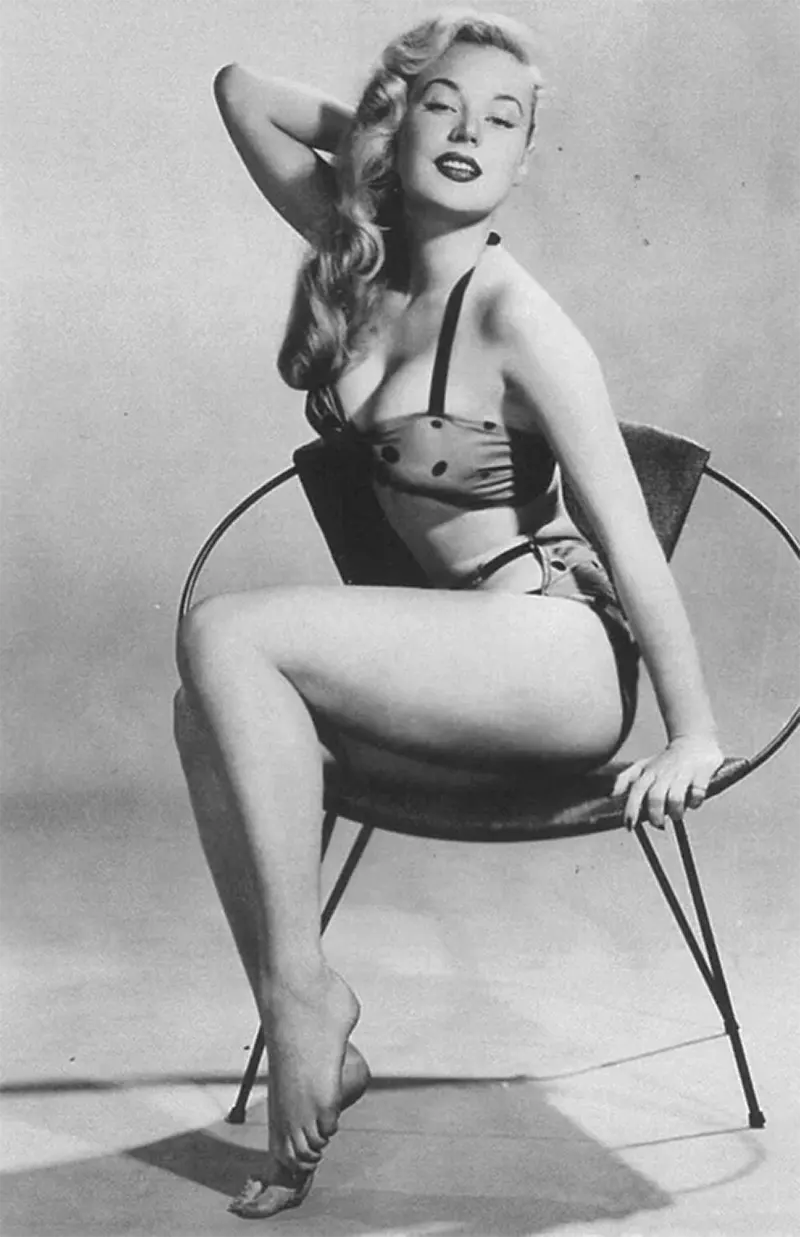
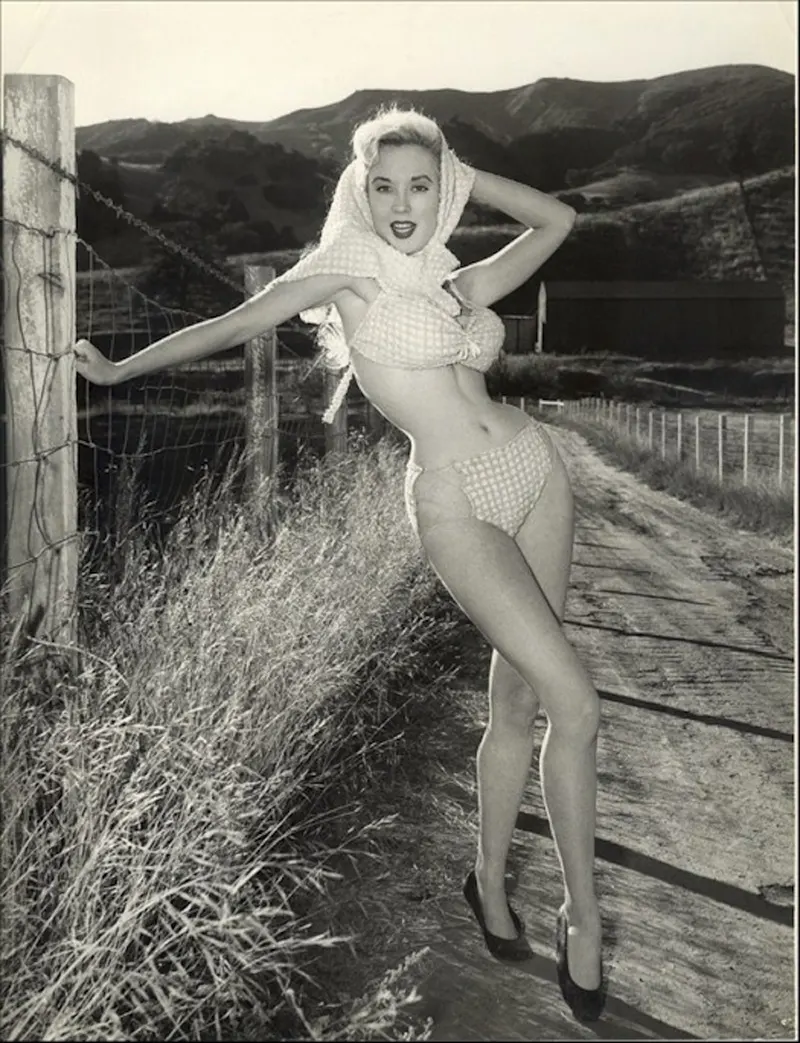
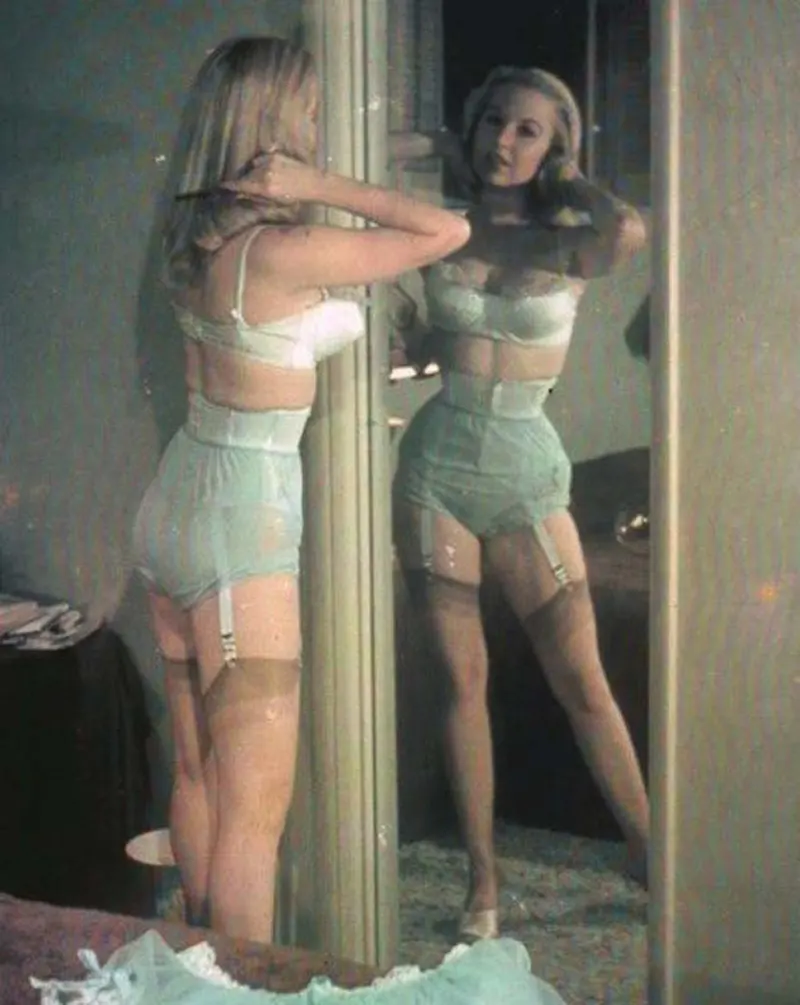
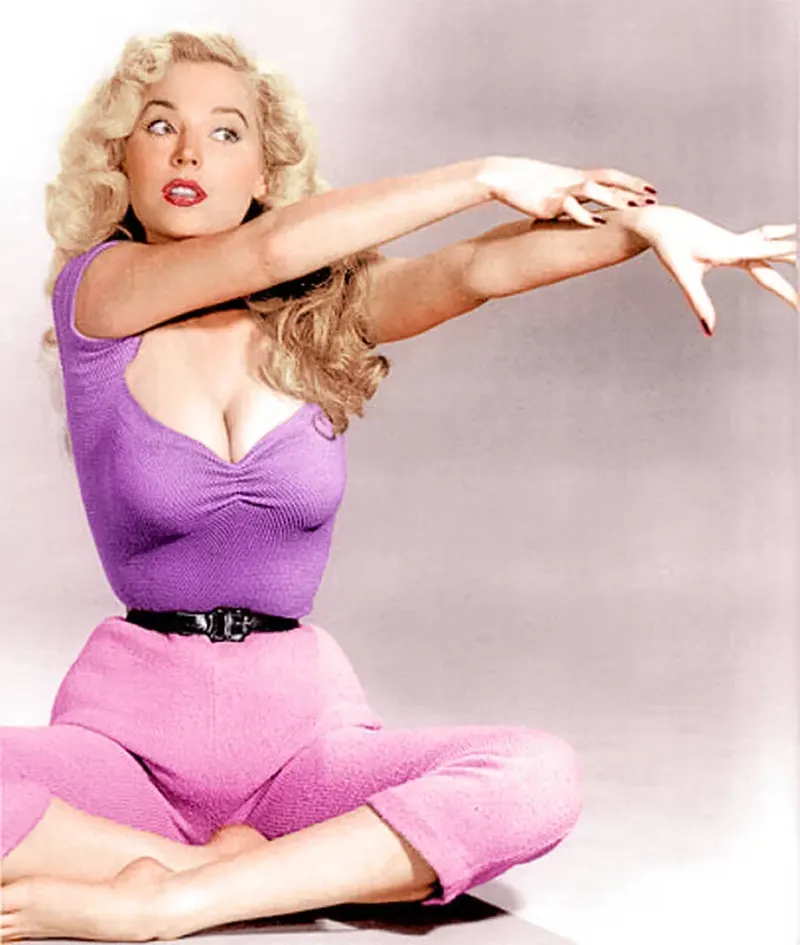
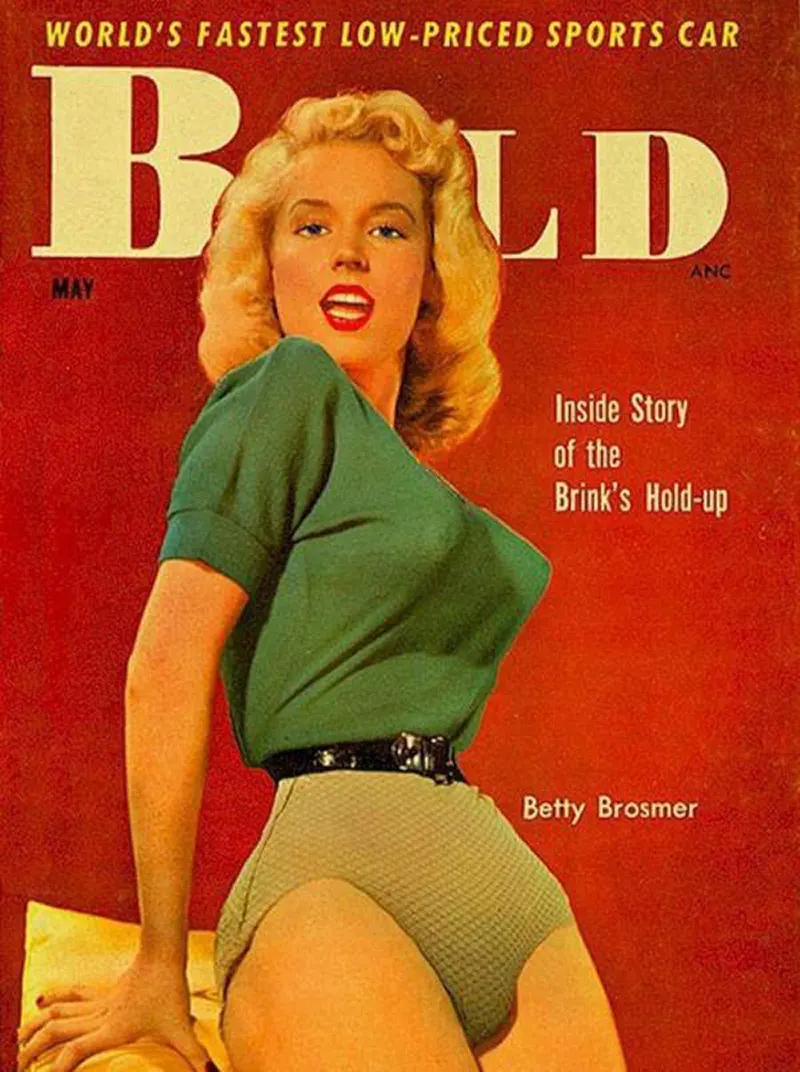
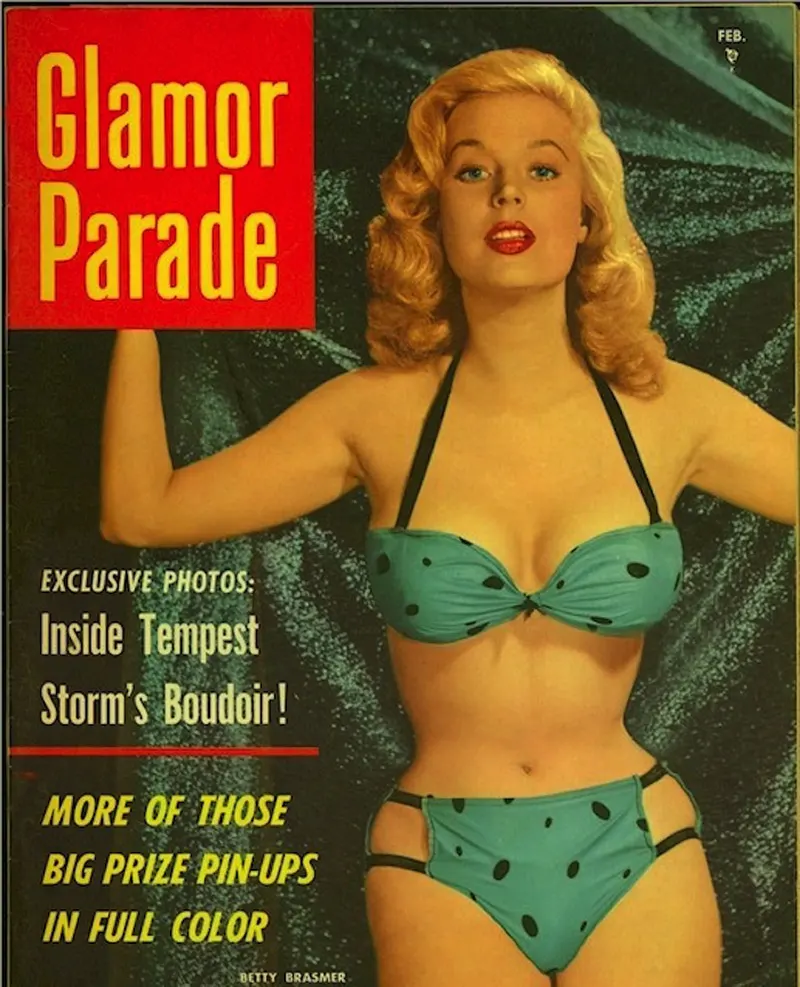
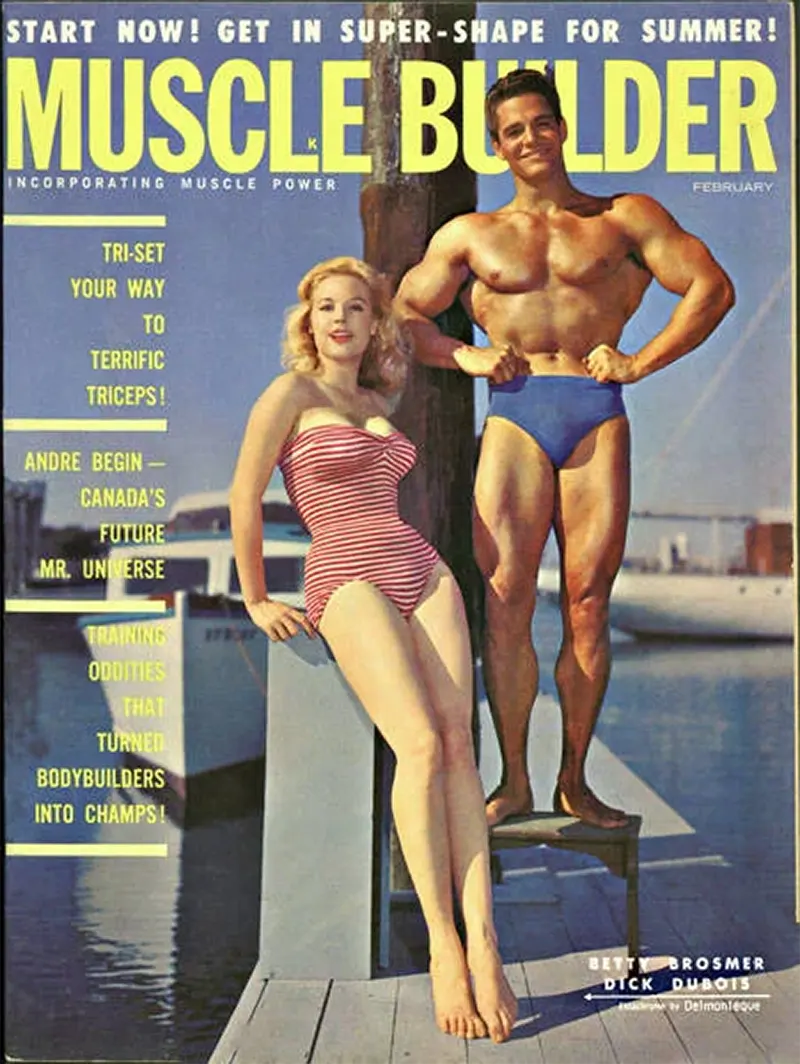
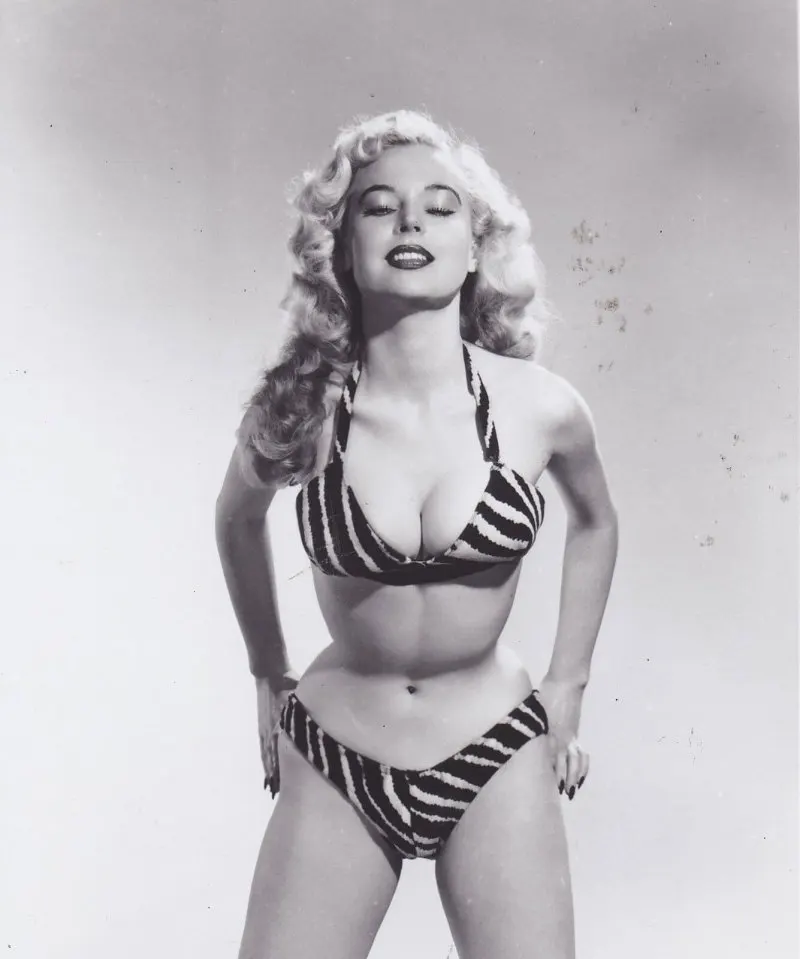
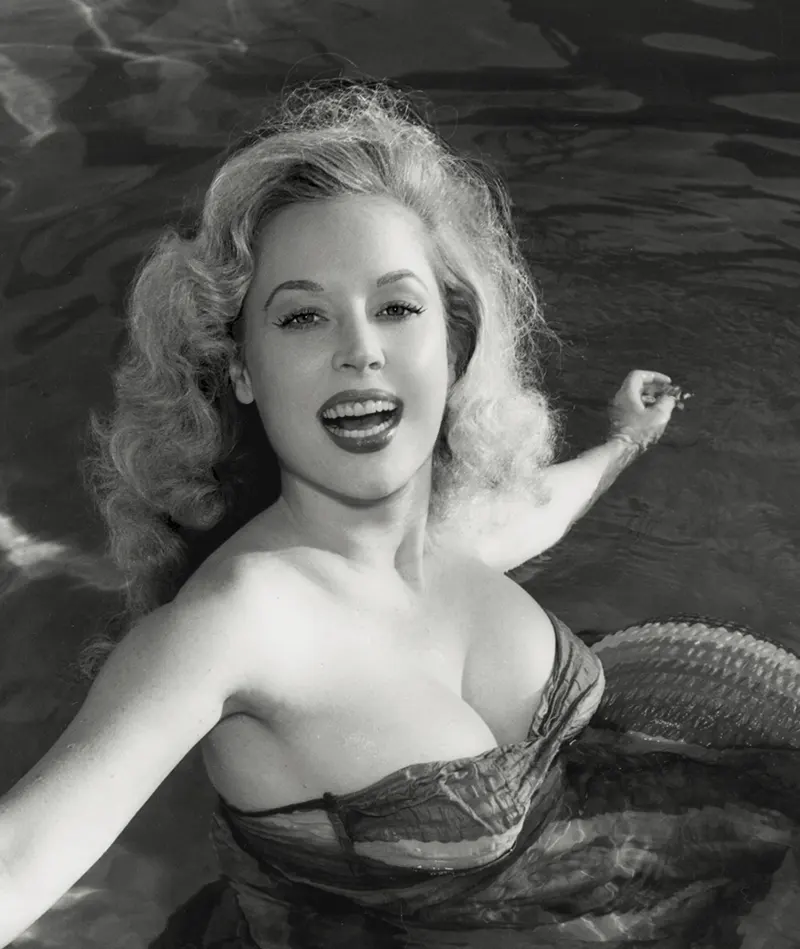
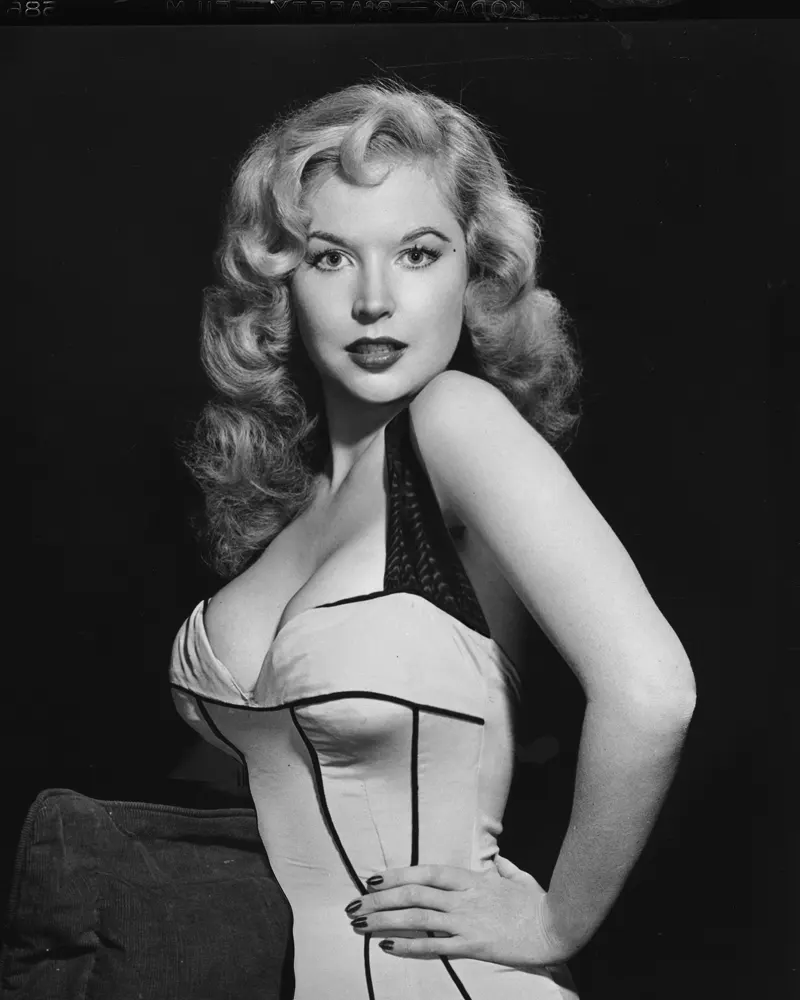
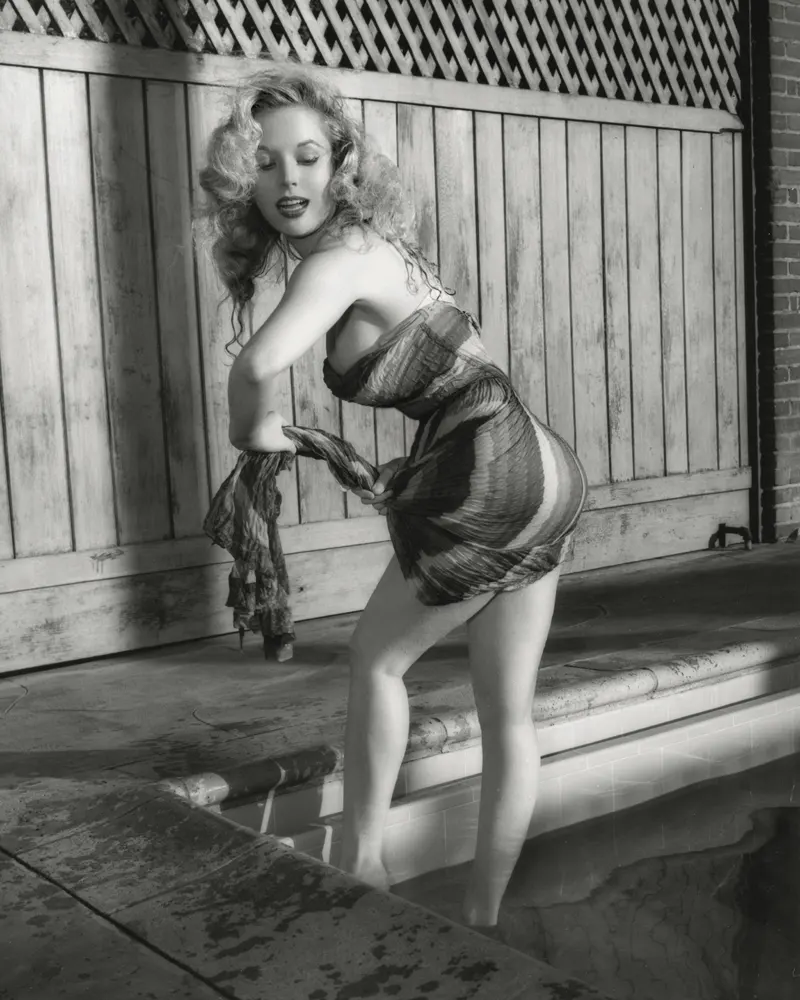
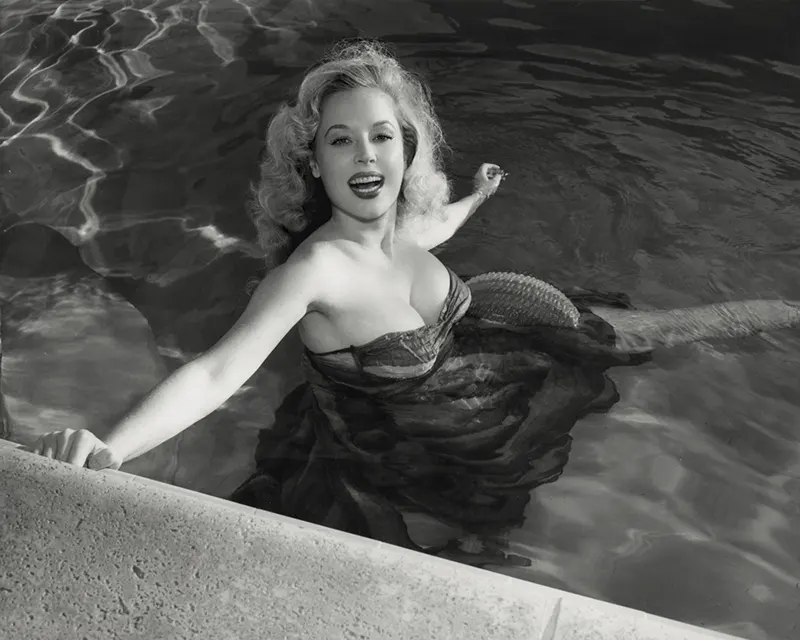
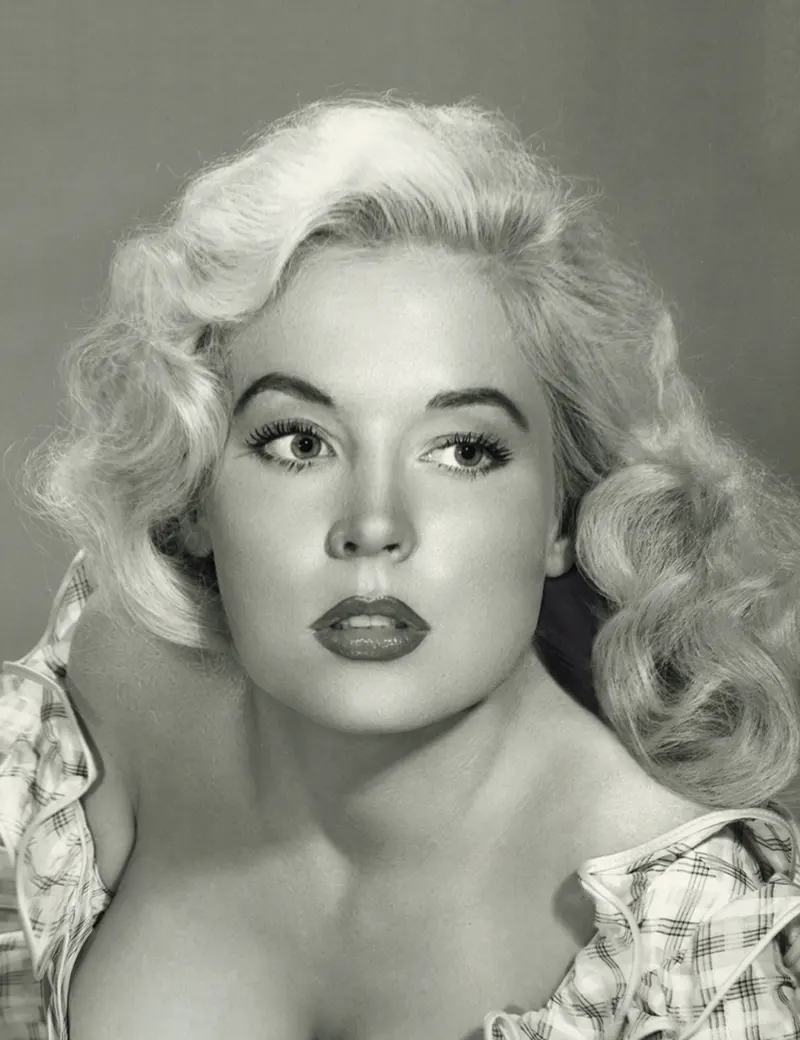
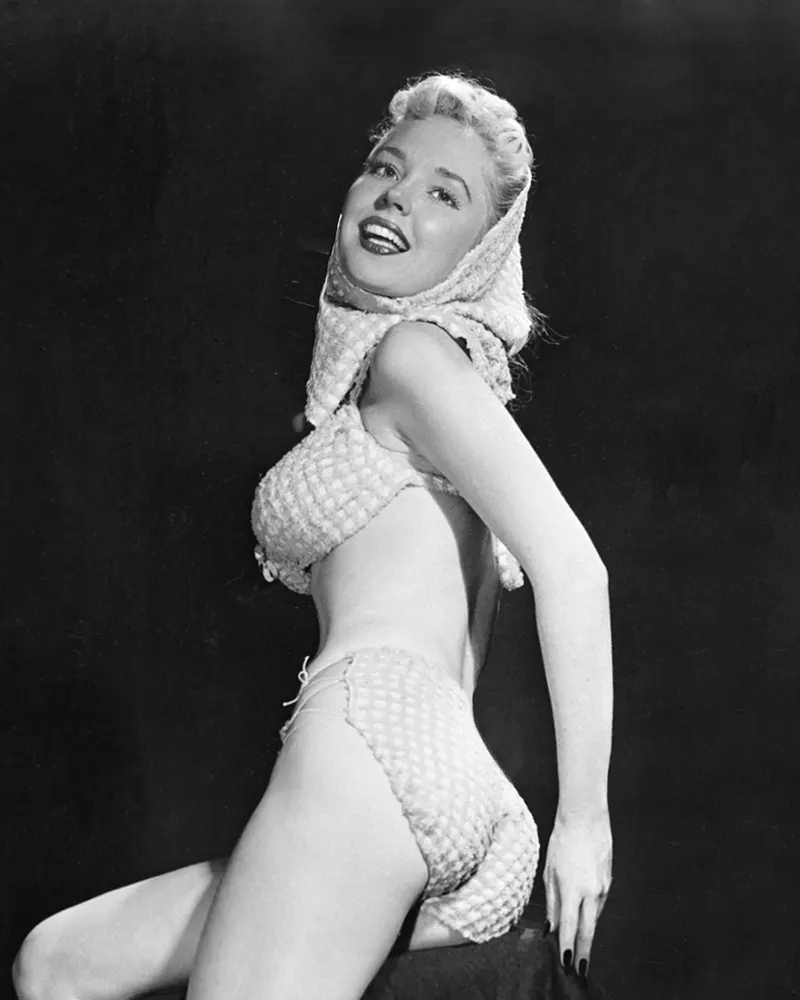
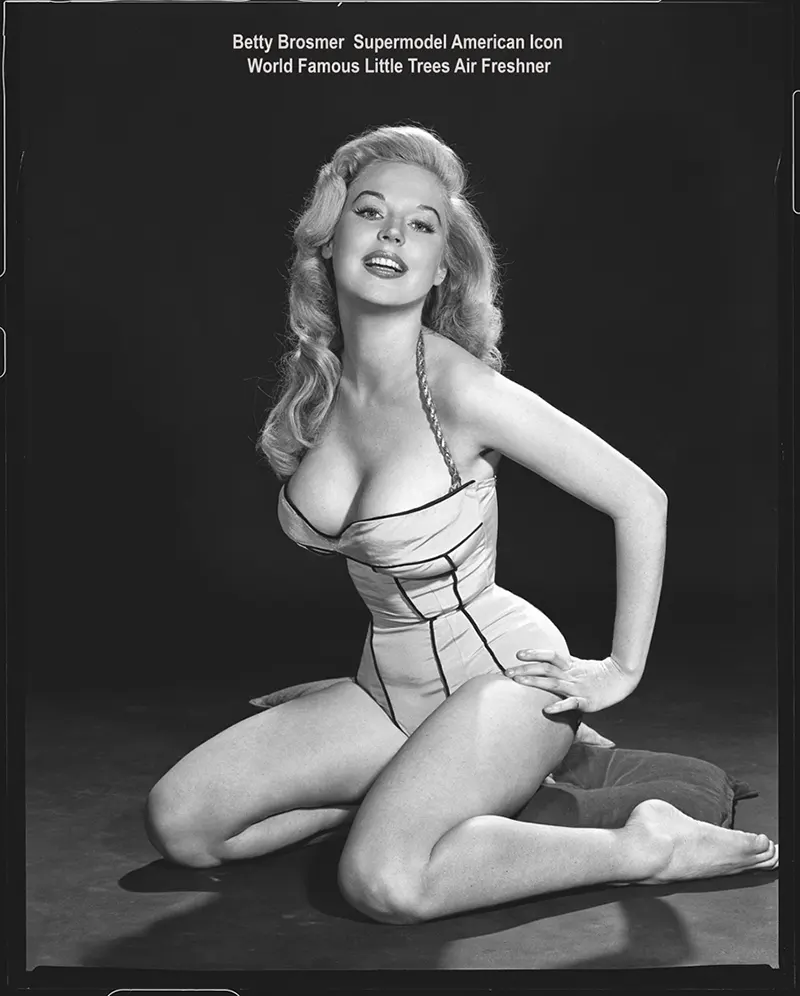
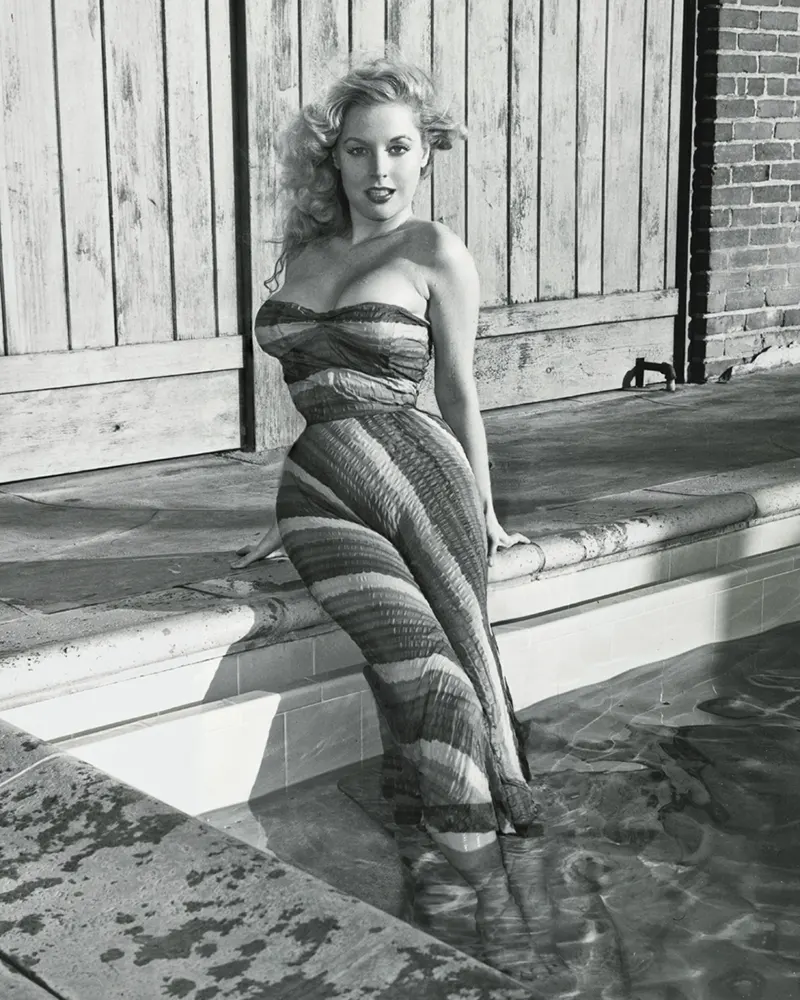
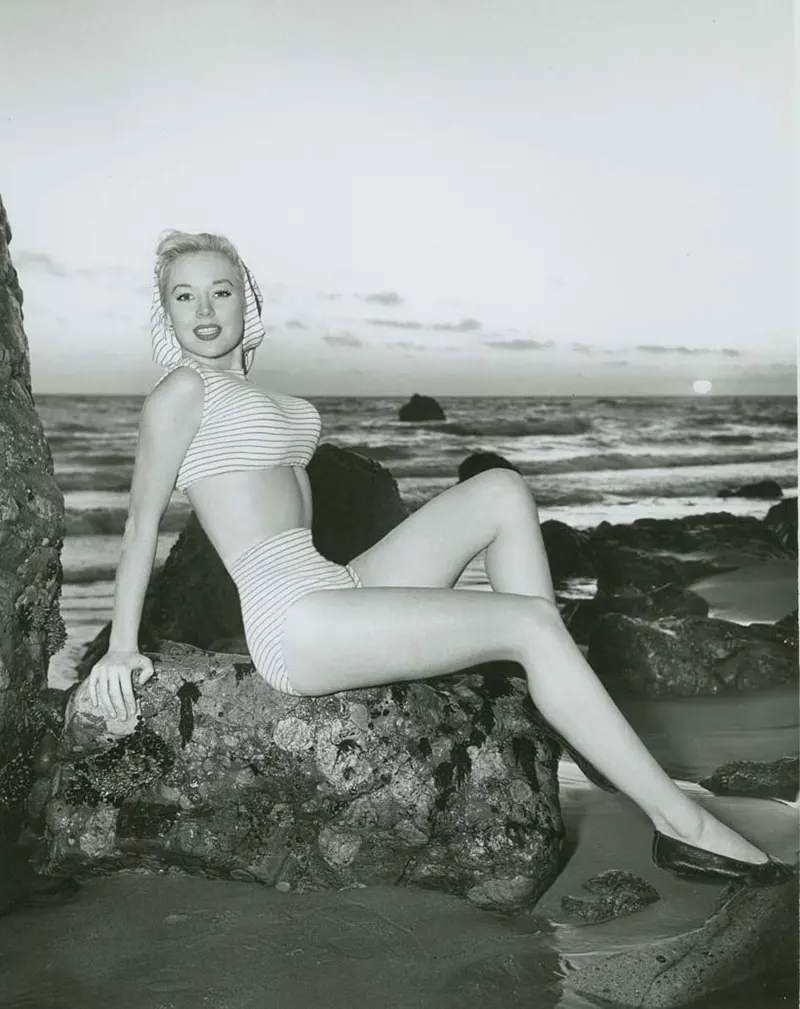
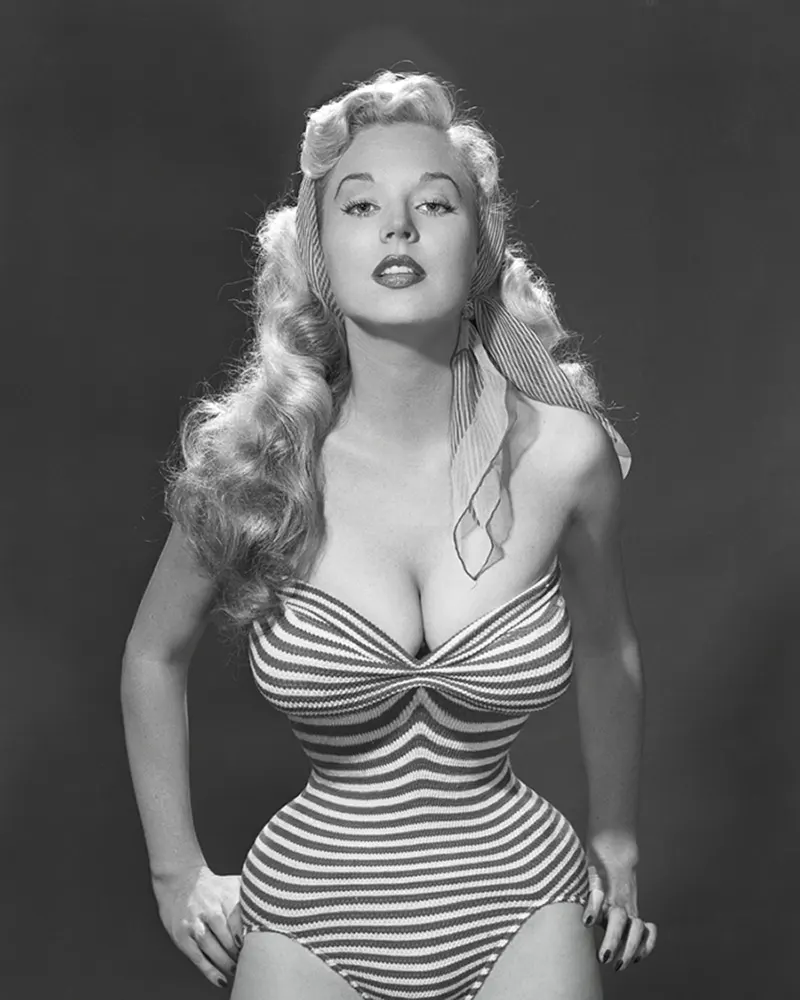
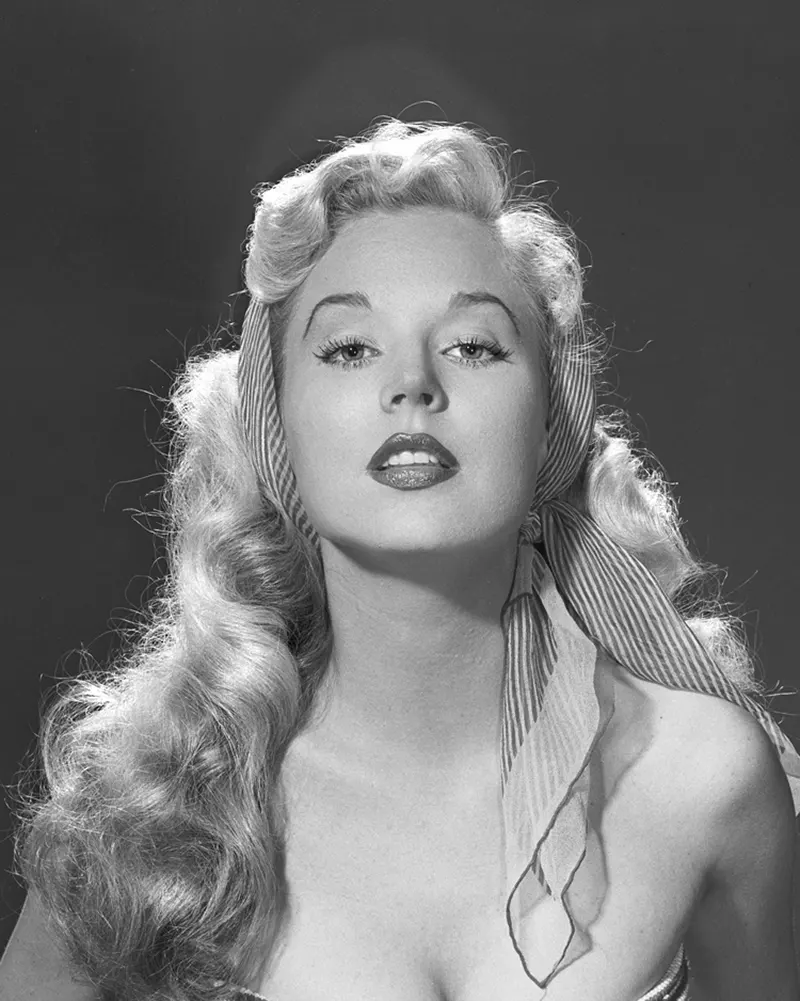
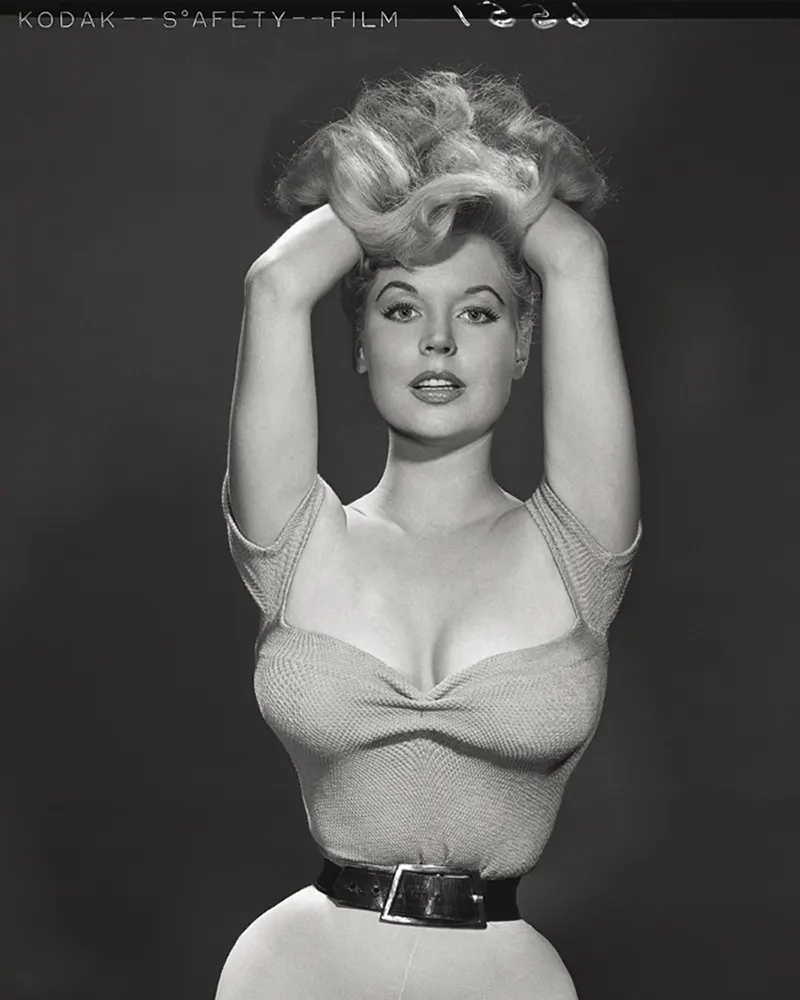
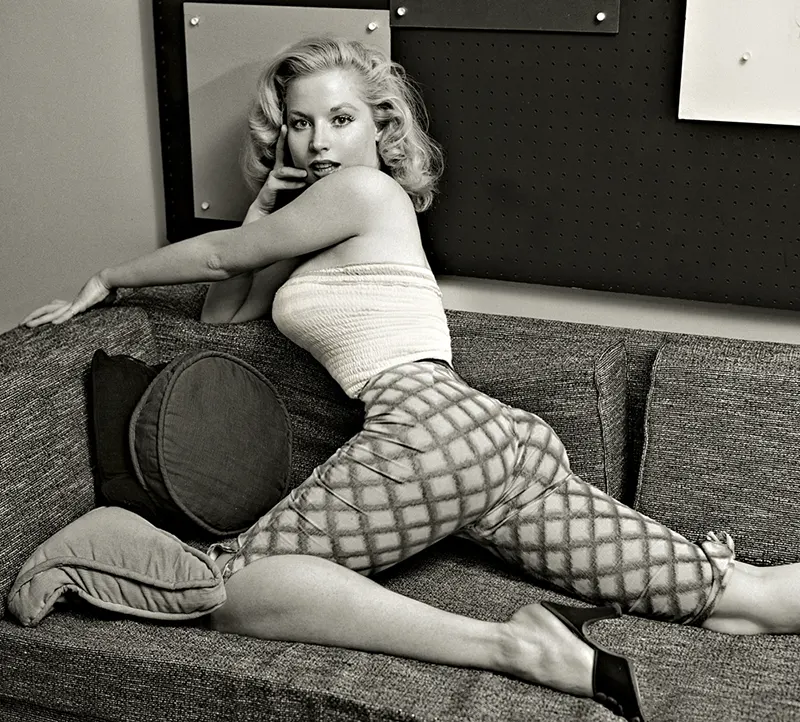
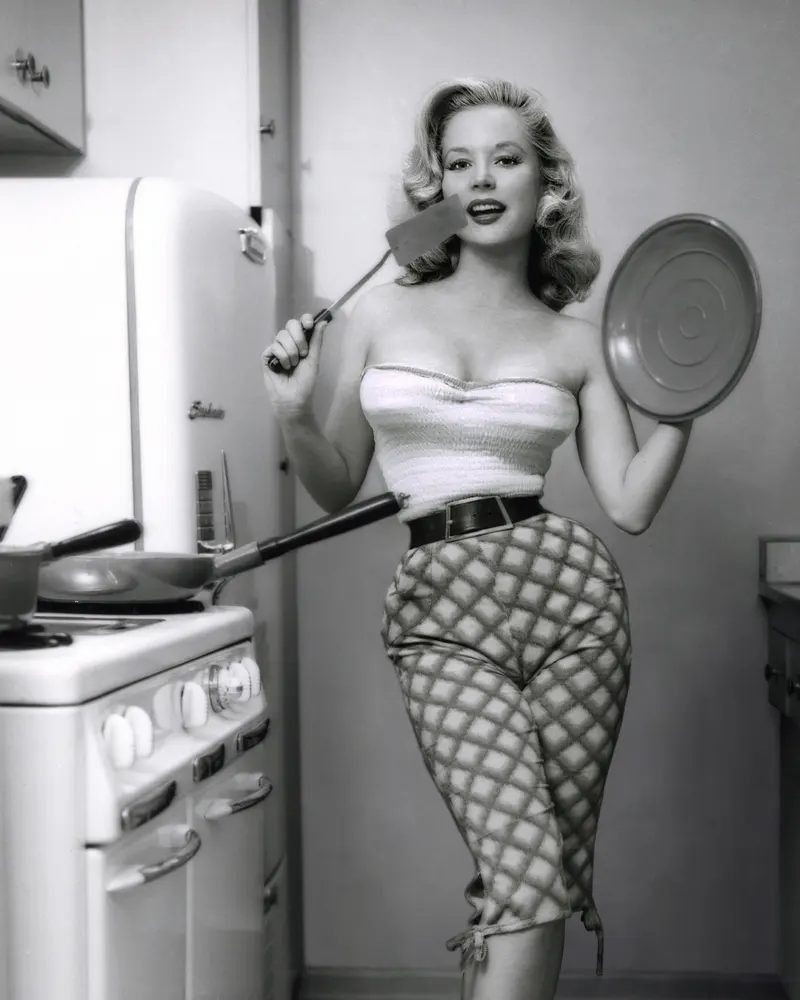
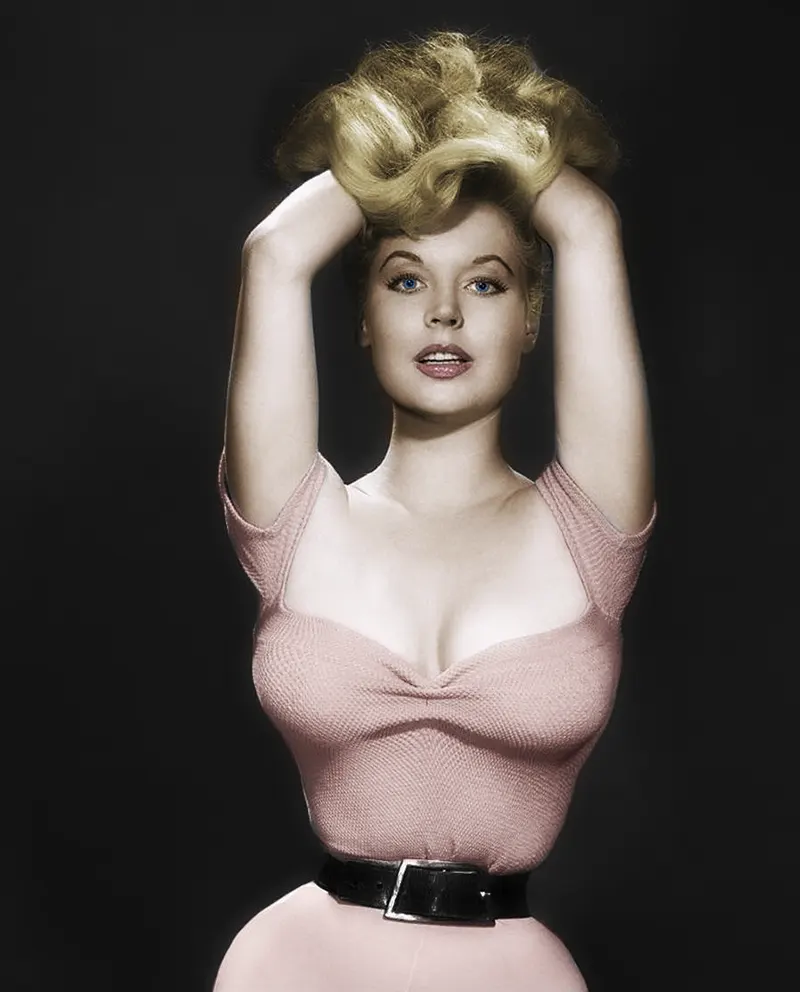
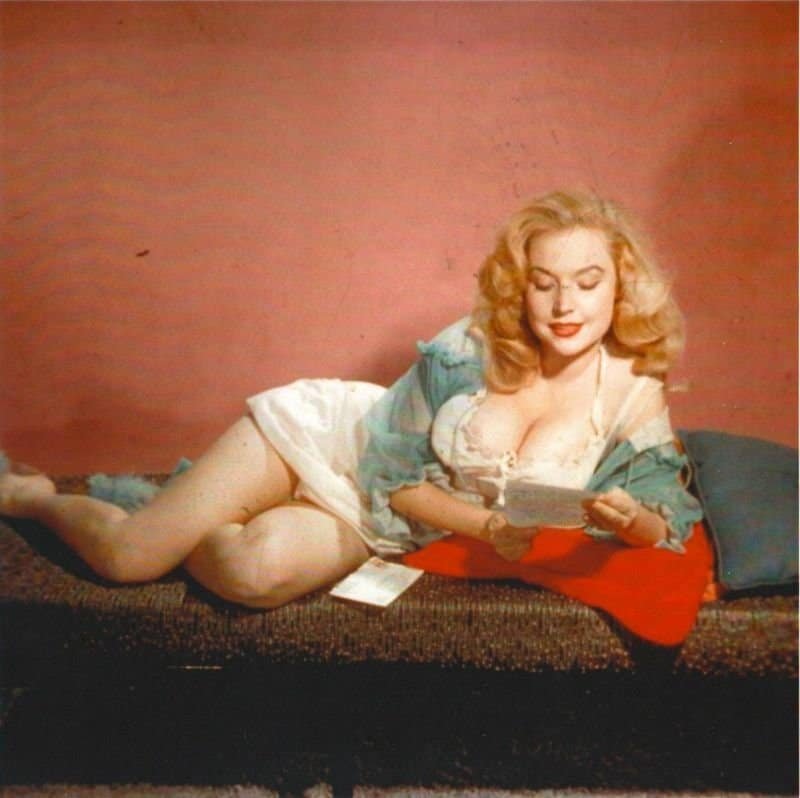
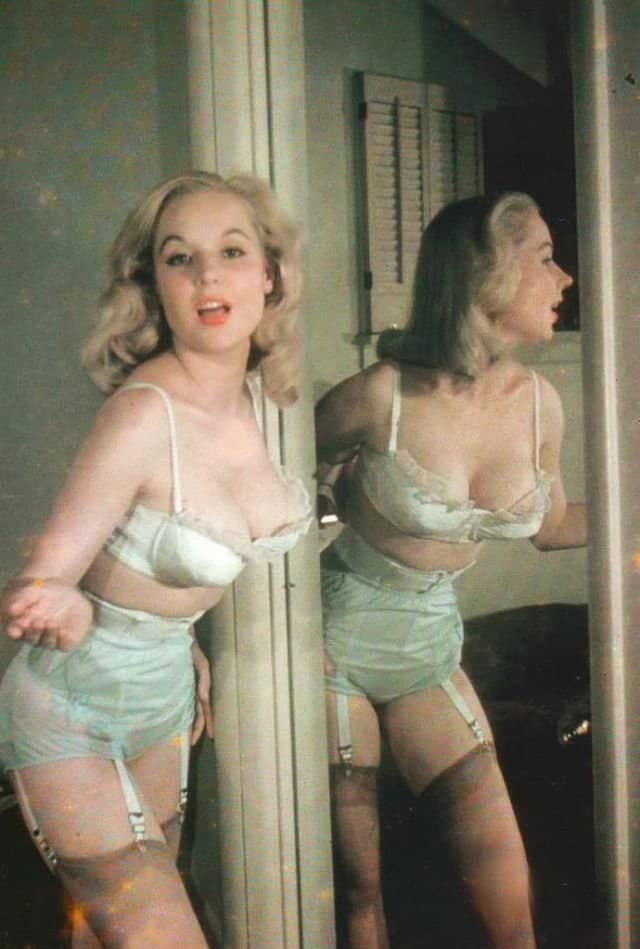

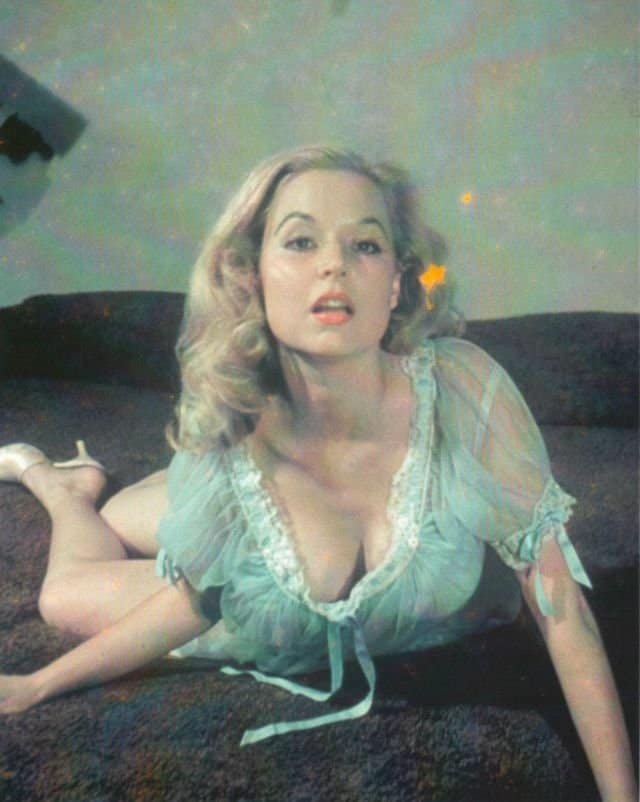
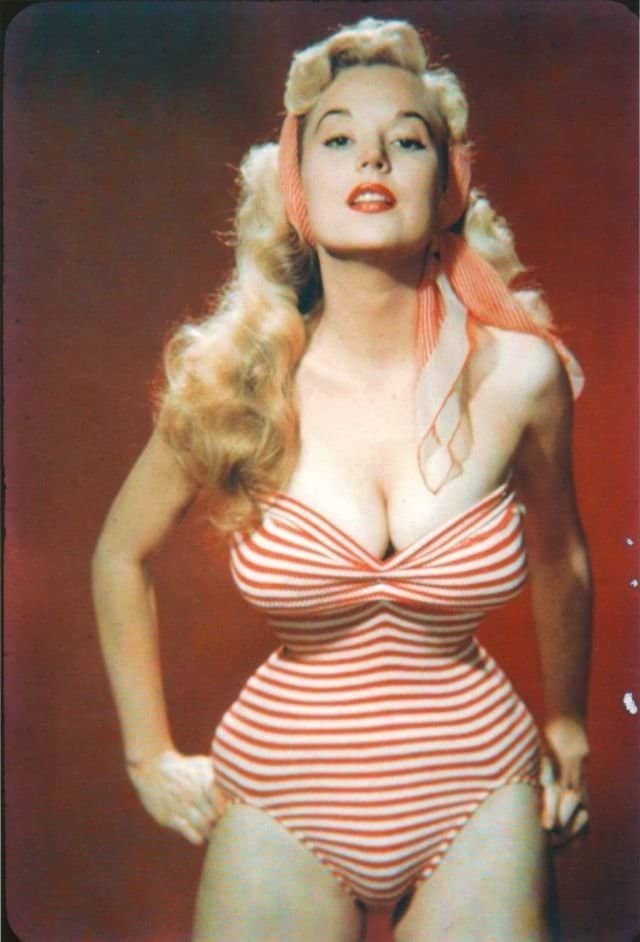
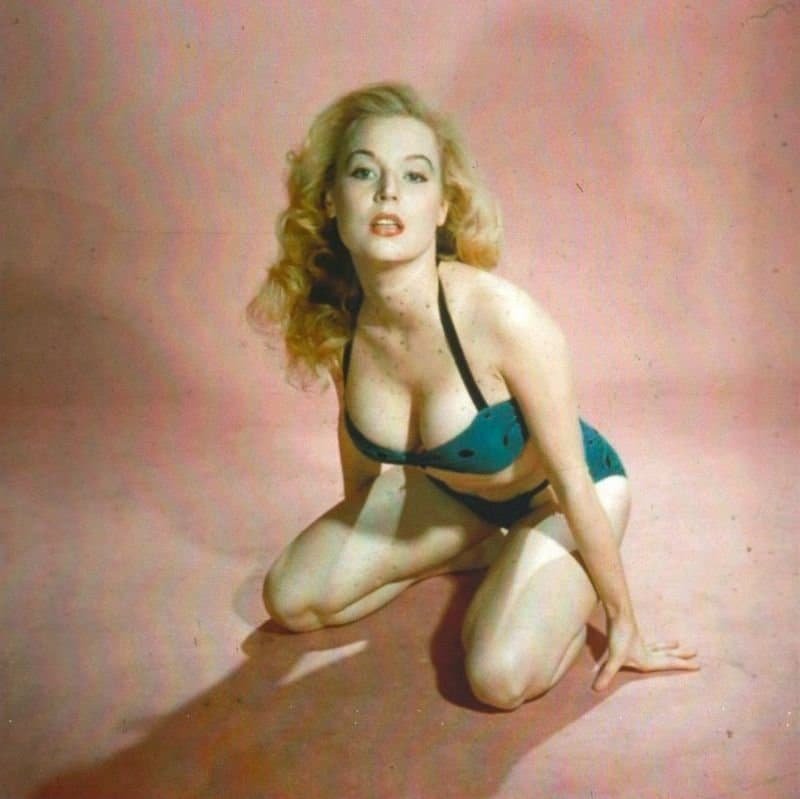
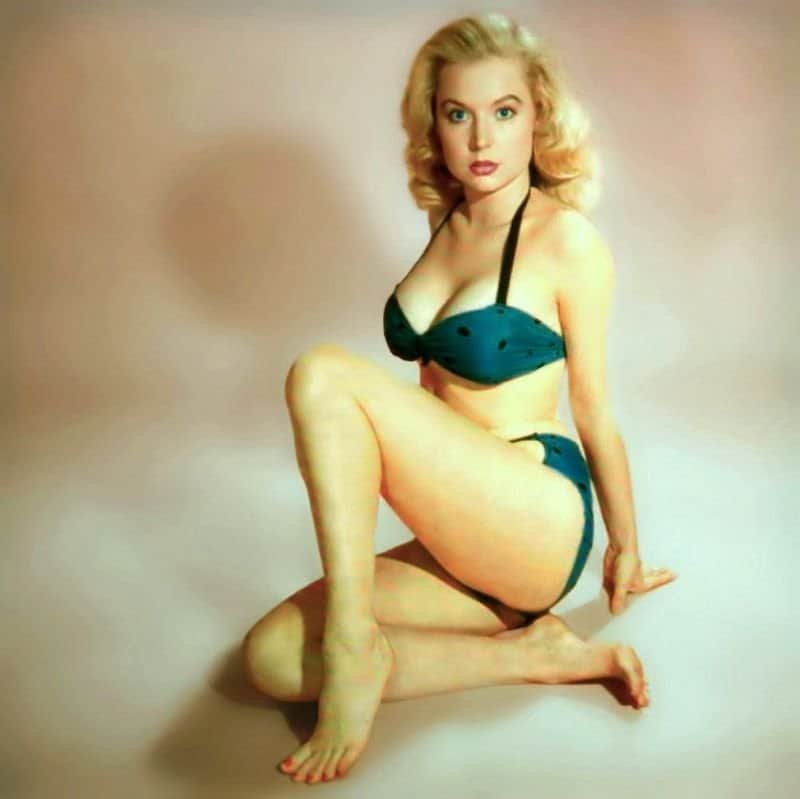
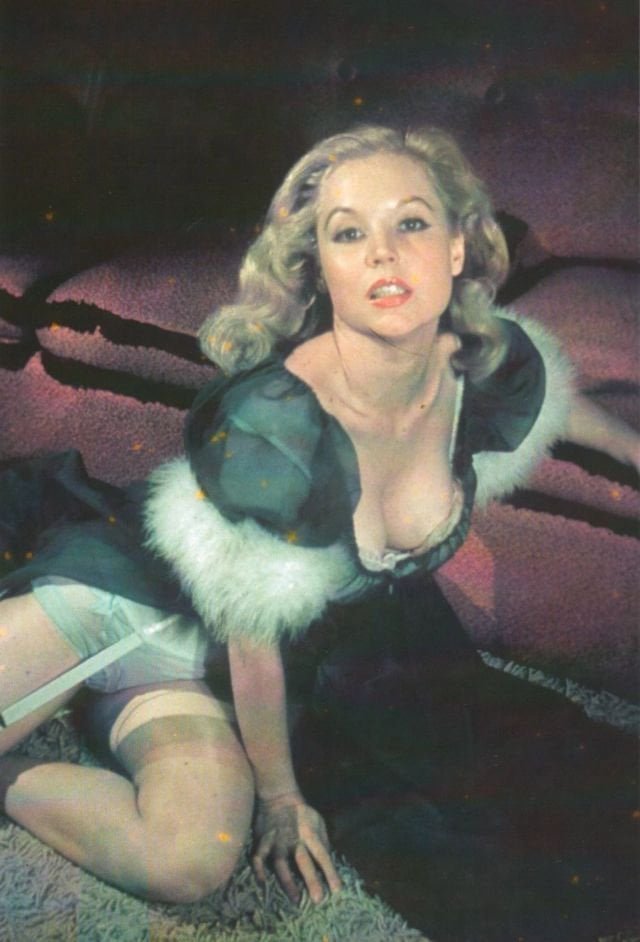
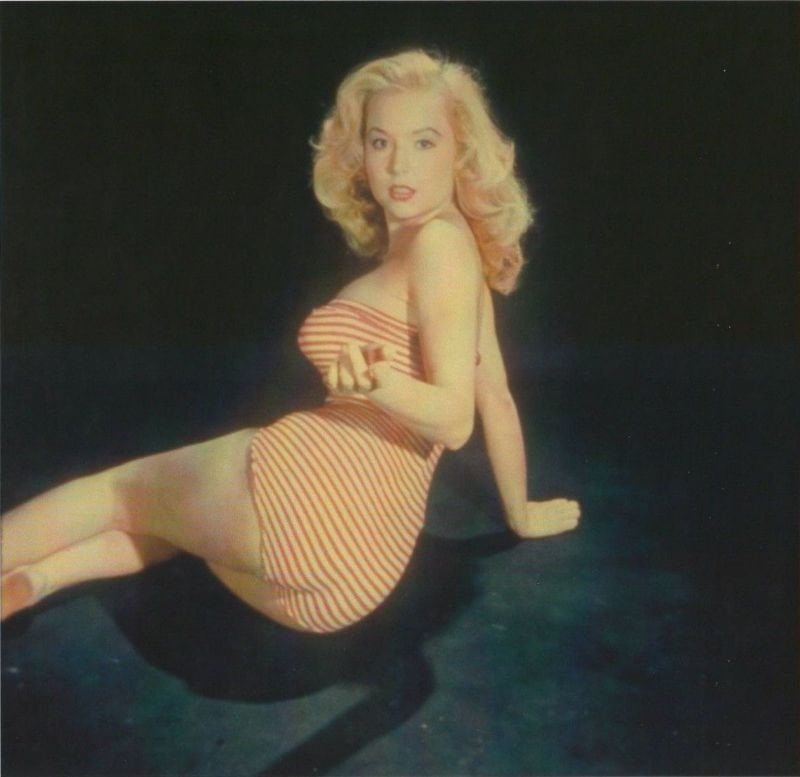

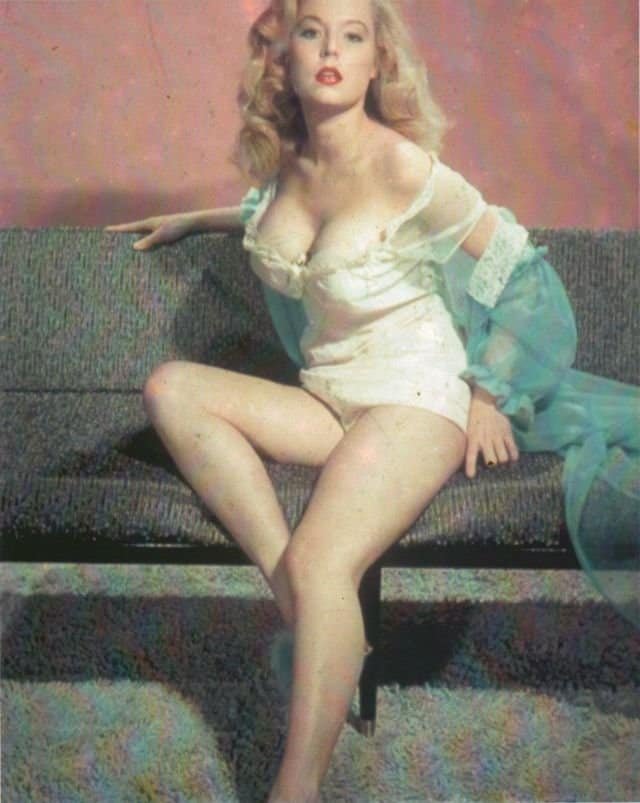
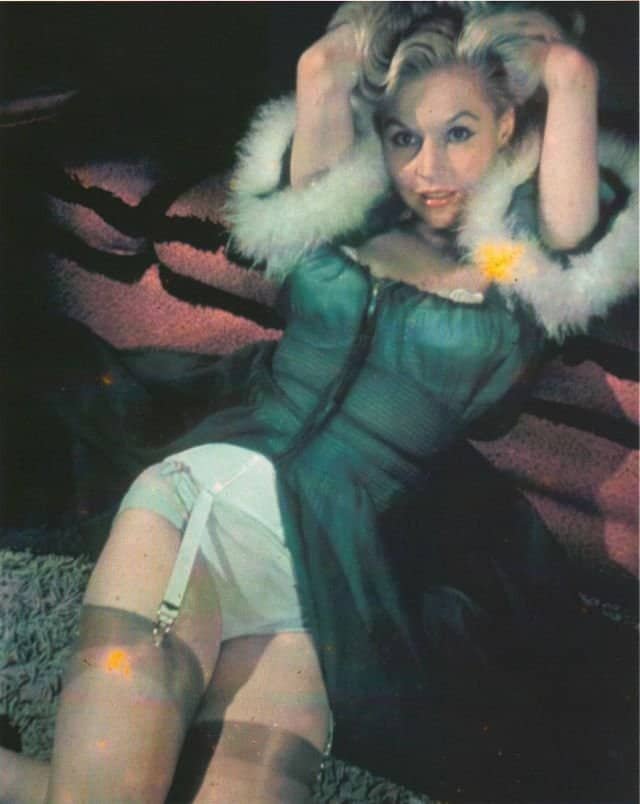
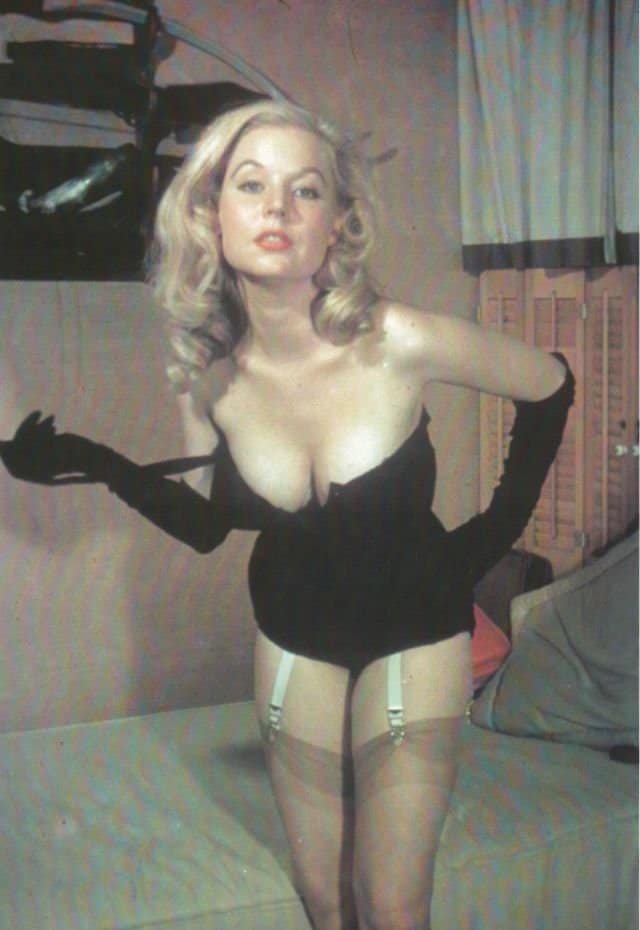
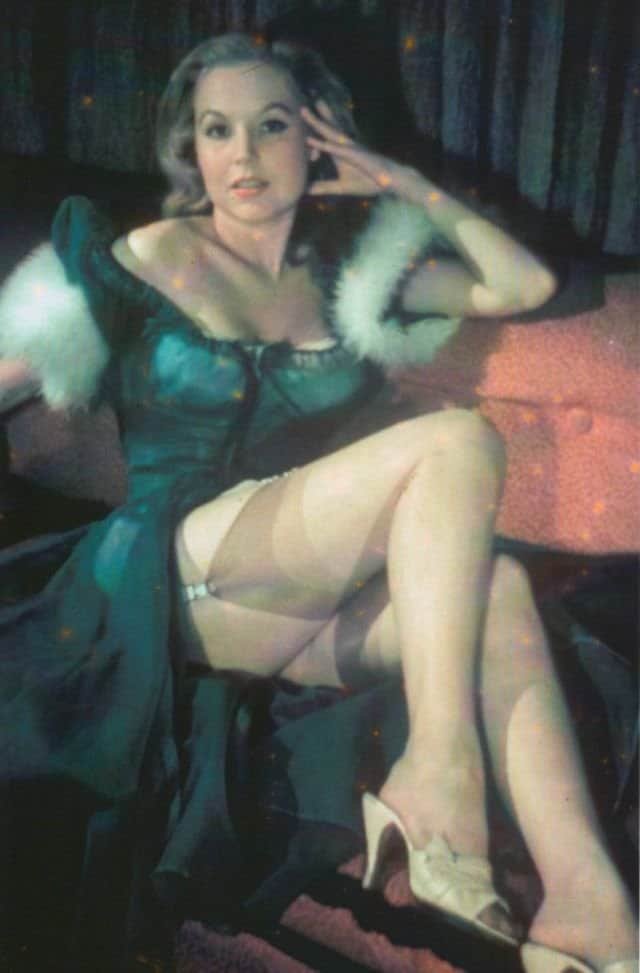
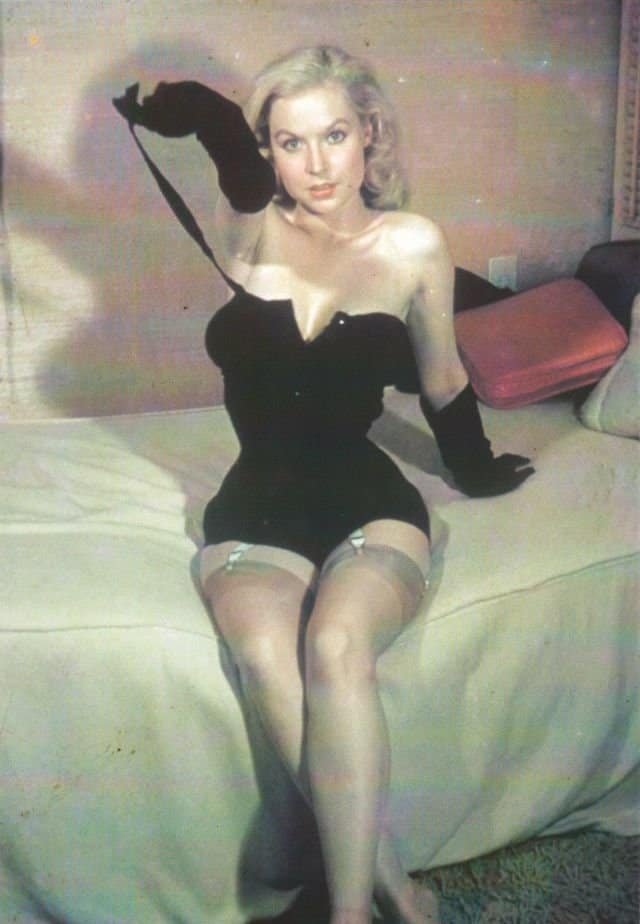
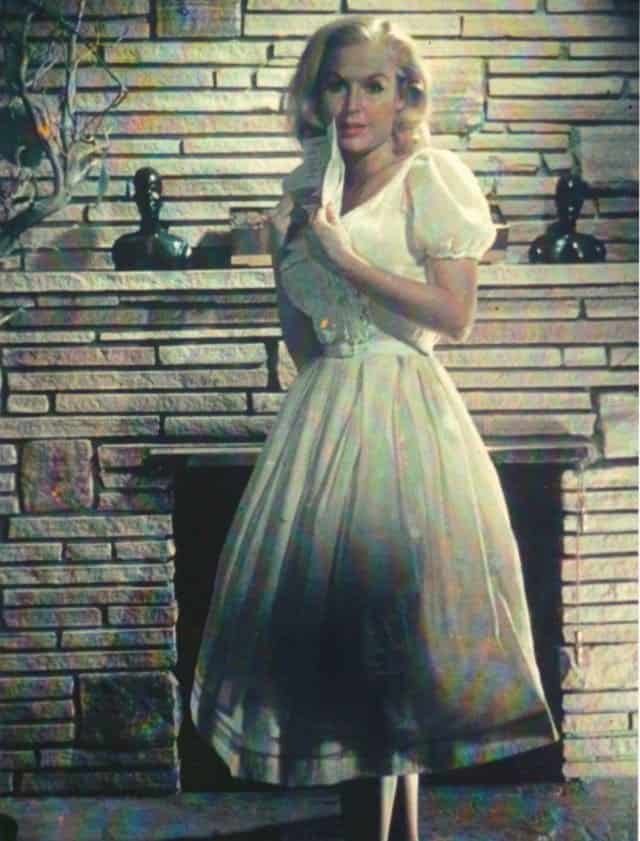
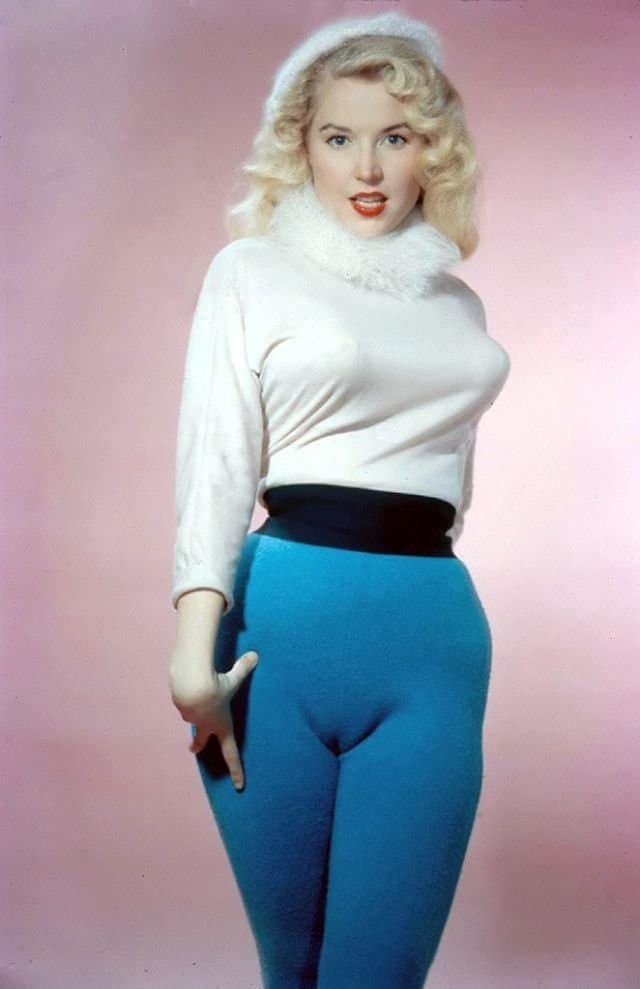
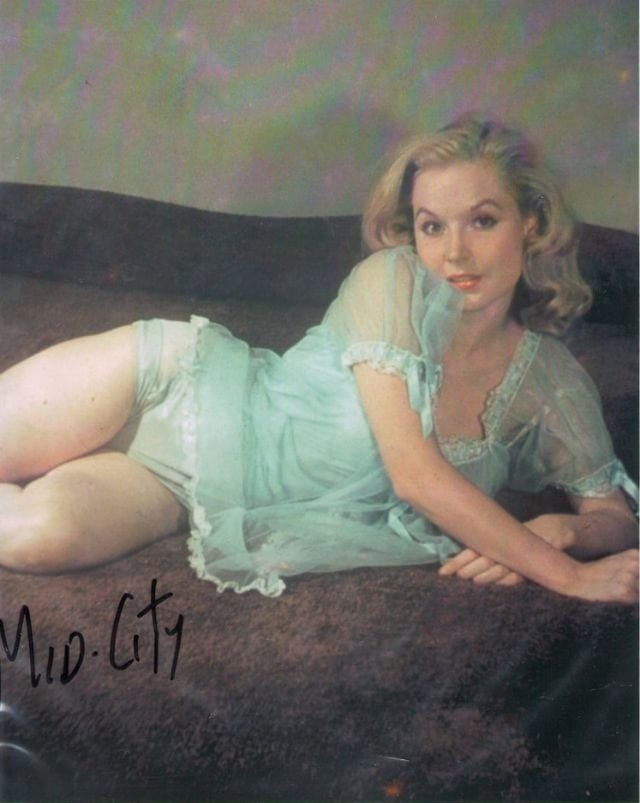

(Photo credit BettyBrosmer.com and BettyWeider.com / Flickr via sila rcamsila / Pinterest / Wikimedia Commons).



